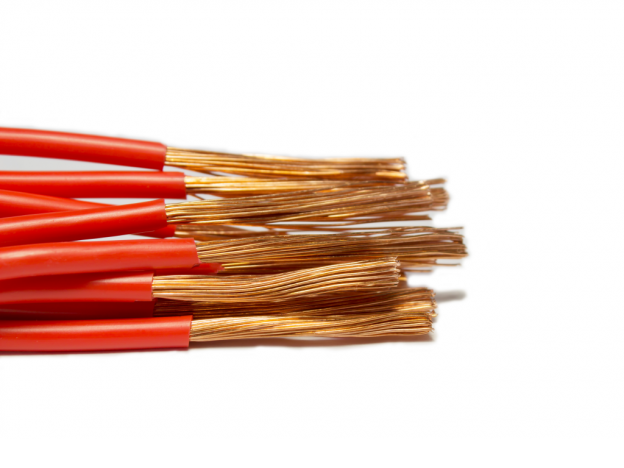In the realm of electrical engineering and power transmission, establishing reliable and efficient connections is paramount. In pursuit of optimal conductivity and durability, engineers and professionals often turn to the remarkable solutions offered by braided flexible connectors and copper wiring. In this comprehensive blog post, we will delve into the multifaceted world of braided flexible connectors and their intricate relationship with copper wiring, shining a spotlight on their significance and diverse applications in various industries.
Understanding Braided Flexible Connectors
Braided flexible connectors, commonly referred to as jumpers, play a pivotal role in electrical systems by providing a flexible, conductive link between two components. These connectors are meticulously crafted by intertwining multiple strands of wire in a braided pattern, resulting in a highly durable and remarkably flexible structure. Their design encompasses a range of advantages, including enhanced electrical conductivity, superior resistance to vibrations, and the ability to accommodate thermal expansion and contraction, thus safeguarding the integrity of electrical connections.
The Power of Copper
Copper, hailed as one of the most efficient and dependable conductive materials available, holds a prominent position in the realm of electrical engineering. Its exceptional electrical conductivity, corrosion resistance, and impressive durability make it an ideal choice for a wide array of applications. Braided copper strip, rope, and wire, derived from this versatile metal, are frequently employed in the manufacturing of braided flexible connectors, capitalizing on their superior properties to ensure optimal performance and longevity.
Braided Copper Strip
Braided copper strip serves as a flat and flexible conductor composed of meticulously intertwined strands. Its unique flat shape renders it particularly suitable for applications where space is at a premium, such as electrical panels, circuit boards, and switchgear. By virtue of its high flexibility and low electrical resistance, braided copper strip proves to be an exceptional choice for applications necessitating both exceptional mechanical and electrical performance.
Braided Copper Rope
Braided copper rope, akin to its strip counterpart, shares the attribute of comprising multiple intertwined strands, albeit in a cylindrical shape. This form empowers it with greater flexibility and enhanced current-carrying capacity, making it the preferred choice in applications characterized by bending or twisting. High-power electrical systems, grounding applications, and electrical equipment that demand robust mechanical strength commonly employ braided copper rope to ensure seamless and efficient electrical connections.
Braided Copper Wire
Braided copper wire stands as a testament to the amalgamation of multiple copper strands meticulously woven together to form a flexible and durable conductor. This configuration grants it exceptional flexibility, rendering it ideal for applications subject to frequent movement or in need of superior vibration resistance. Industries such as aerospace, automotive, and power distribution frequently rely on braided copper wire for their stringent requirements of reliable and high-performance electrical connections.
Advantages of Braided Flexible Connectors
Braided flexible connectors yield an array of advantages over alternative connector types. Their design imparts unparalleled mechanical strength, enabling them to withstand rigorous mechanical stresses and vibrations with ease. Moreover, they exhibit remarkably low electrical resistance, ensuring efficient and uninterrupted power transmission. The inherent ability of braided connectors to accommodate thermal expansion and contraction further solidifies their appeal, making them the optimal choice for applications subject to temperature variations.
Applications and Industries
The versatility of braided flexible connectors renders them indispensable across an extensive spectrum of industries and applications. They find widespread use in electrical panels, transformers, generators, power distribution systems, and even renewable energy systems. The adaptability and durability of braided connectors make them well-suited for applications in automotive manufacturing, aerospace engineering, telecommunications, and various other sectors demanding reliable and efficient power transmission.
Conclusion
Braided flexible connectors and copper wiring solutions emerge as pivotal components in the establishment of reliable electrical connections. The utilization of braided copper strip, rope, and wire ensures exceptional conductivity, durability, and flexibility, rendering them indispensable in diverse industries. By comprehending the advantages and applications of braided flexible connectors, engineers and professionals are empowered to make informed decisions, guaranteeing the creation of highly efficient and resilient electrical systems.
Remember, whether you are constructing an electrical panel, designing a renewable energy system, or embarking on an aerospace project, the versatility of braided flexible connectors and copper wiring will undoubtedly cater to your needs for reliable and efficient power transmission.
